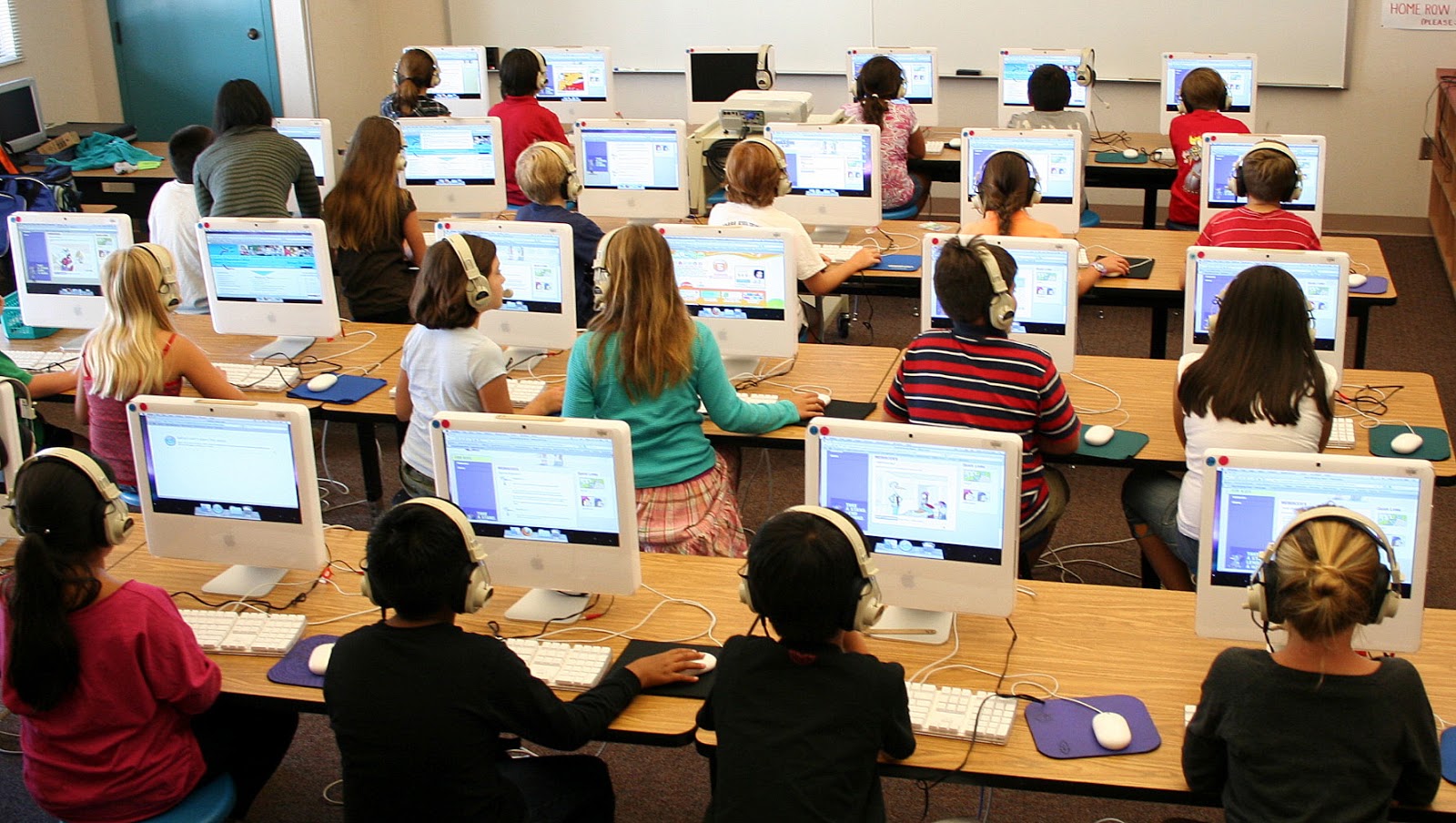
In today's digital age, technology has become an essential tool in the classroom, revolutionizing the way teachers educate, and students learn. Teaching with technology offers numerous opportunities to enhance engagement, support diverse learning styles, and prepare students for the challenges of an increasingly tech-driven world. Here's a closer look at how technology is reshaping education.
Technology enables teachers to deliver more dynamic and interactive lessons. With tools like smartboards, educational apps, and multimedia resources, educators can present information in more engaging ways. Instead of just reading from a textbook, students can watch videos, engage in interactive simulations, or participate in online quizzes and discussions. This not only makes learning more exciting but also helps cater to various learning styles.
One of the biggest advantages of technology in the classroom is its ability to foster collaboration. Tools like Google Classroom, Microsoft Teams, or Zoom allow students and teachers to communicate and collaborate seamlessly, whether in person or remotely. Group projects, real-time feedback, and peer reviews become easier with digital tools, promoting teamwork and critical thinking.
With the internet at their fingertips, students have access to a vast array of information and resources beyond traditional textbooks. Online libraries, educational websites, and open-access journals expand students' learning opportunities, enabling them to explore topics in greater depth. Teachers can also utilize these resources to supplement their curriculum with up-to-date information and diverse perspectives.
Technology allows for personalized learning experiences that cater to the individual needs of each student. Tools like learning management systems (LMS) and adaptive learning platforms assess student performance in real-time, allowing for customized lessons and activities. Whether students need more support or are ready for advanced challenges, technology can help bridge the gap, providing a tailored learning experience.
Technology makes it easier for educators to assess students' progress and provide timely feedback. Teachers can use online quizzes, polls, and assignment tracking tools to gauge student understanding continuously. This real-time data helps identify areas where students may be struggling, allowing for prompt intervention and support.
Integrating technology into education not only benefits students in the present but also prepares them for future careers. In an increasingly tech-driven workforce, students need digital literacy to succeed. By using technology in the classroom, teachers are equipping students with the skills they’ll need for future jobs, including critical thinking, problem-solving, and technical proficiency.
.